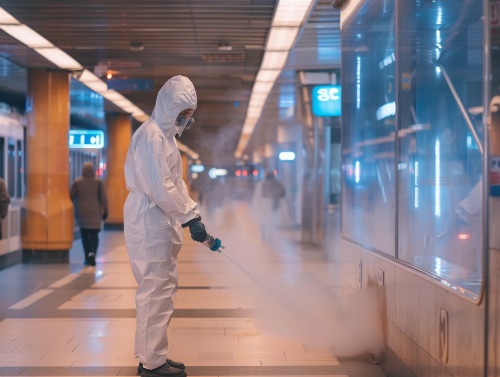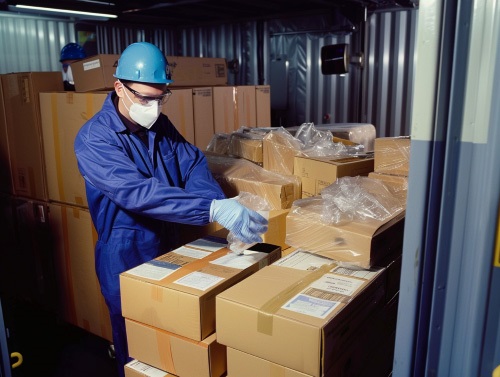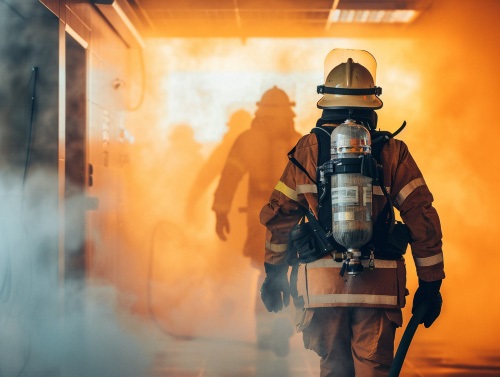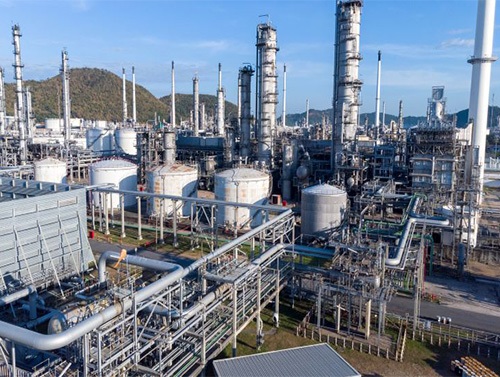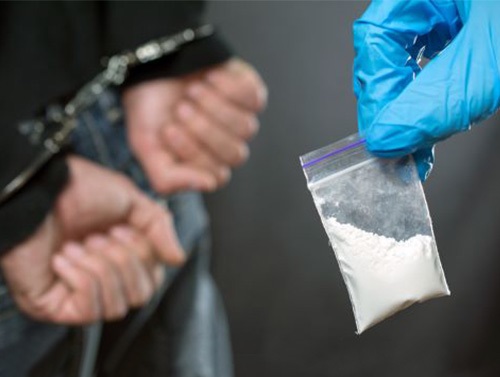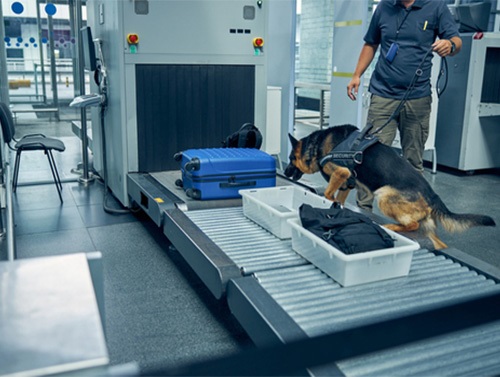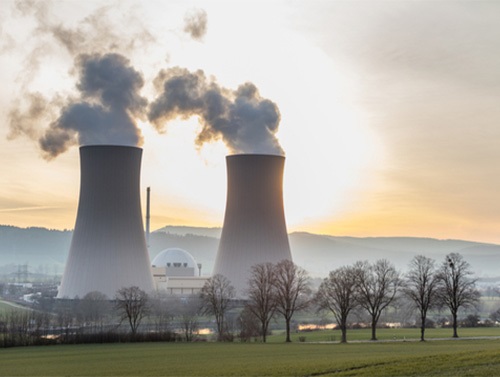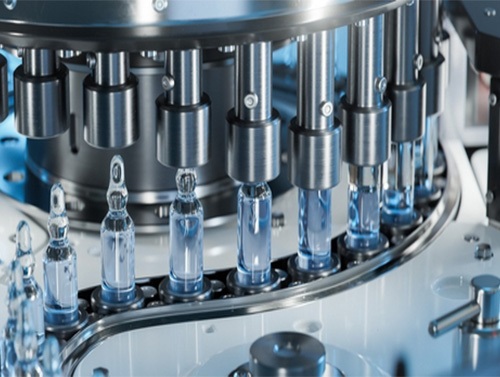On-Site Sampling and Analysis of Suspicious Biological Materials
Case Study: On-Site Sampling and Analysis of Suspicious Biological Materials
The emergency counterterrorism department of a city received an anonymous report stating that some suspicious biological samples had been found in a certain office building in the city center. In order to promptly eliminate potential biological threats, the emergency counterterrorism department quickly dispatched a professional team to the scene to conduct an investigation.
Site Survey: The professional team quickly arrived at the scene and coordinated with the building management to identify the location and condition of the suspicious biological samples. The samples were located in the public areas of the building, including the lobby, elevator areas, and other places.
Sampling Procedure: In order to analyze the suspicious biological samples, the professional team was equipped with biological samplers and appropriate protective gear. They used samplers to collect suspicious samples, including air samples, liquid samples, and solid samples.
Sample Identification: Each collected sample was precisely labeled, and the time, location, and relevant circumstances of the sampling were recorded. This information was crucial for subsequent analysis and investigation.
Laboratory Analysis: After collecting the samples, the professional team sent them to the laboratory for analysis. They used biological analysis instruments to detect the presence of bacteria, viruses, toxins, and other biological hazardous substances in the samples.
Result Assessment: After laboratory analysis, the professional team reached conclusions. They confirmed whether hazardous substances existed in the suspicious biological samples and assessed the potential threat level. If necessary, they would provide recommendations and measures to relevant departments and agencies to ensure public safety.
Through prompt on-site sampling and laboratory analysis, the emergency counterterrorism department was able to timely detect and eliminate biological hazards, ensuring public safety. At the same time, their professional actions conveyed a message of security and stability to the public, enhancing trust and support for the authorities.








